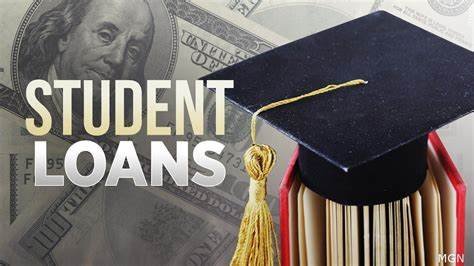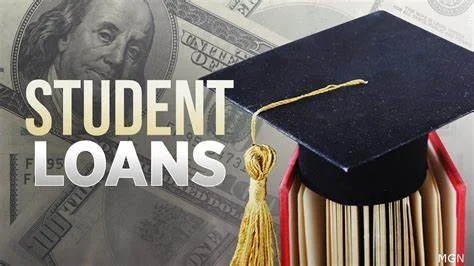After a five-year pause that began during the COVID-19 pandemic, the U.S. Department of Education has announced it will resume collections on defaulted federal student loans beginning May 5, 2025. This marks a significant shift in student loan policy under the current Trump administration, ending a grace period that extended through the Biden administration.

🔔 What’s Happening?
Roughly 5.6 million borrowers are currently in default on their federal student loans. Starting next month, the Department of Education will refer these debts to the Treasury Offset Program, allowing the federal government to garnish wages, withhold tax refunds, intercept Social Security benefits, and more.
“Student loan debt must be paid back,” said a senior department official. “American taxpayers can no longer serve as collateral for student loan programs.”
⚠️ Who Will Be Affected?
- Borrowers who have not made payments for 270 days (about nine months) are considered in default.
- Around 4 million borrowers are 91 to 180 days delinquent, putting them at risk.
- Less than 40% of borrowers are currently up to date on payments.
Defaulted borrowers are also at risk of losing eligibility for future federal financial aid and facing potential legal action.
💼 What Are Your Options?
If you’re in default or close to it, here’s how you can avoid wage garnishment:
✅ Loan Rehabilitation
- Contact your loan servicer to request rehabilitation.
- Submit income and expense information to calculate a monthly payment.
- Make 9 consecutive, on-time payments to exit default.
- Note: You can only rehabilitate your loans once.
🔄 Income-Driven Repayment (IDR) Plans
- These plans cap monthly payments based on your income and family size.
- Recent court rulings impacted Biden-era plans like SAVE, but many IDR options are still available.
- Visit StudentAid.gov for the most up-to-date info.
🤖 New Tools and Support
The Education Department has launched:
- An AI assistant to guide borrowers through repayment options.
- Extended loan servicer call center hours.
- A communications campaign to reach defaulted borrowers via email and direct outreach.
📉 Economic Impact and Policy Backdrop
This policy shift comes as officials warn of a “fiscal cliff” due to the swelling federal student loan portfolio. The Trump administration argues that resuming collections is necessary for the long-term economic health of the country.
“The result has been a record number of borrowers in delinquency and default,” officials noted.
While the Biden administration attempted multiple times to cancel student debt — successfully forgiving over $183.6 billion for more than 5 million borrowers — courts blocked broader relief.

📊 Legislative Updates: Employer Assistance & Reform
Bipartisan efforts are underway in Congress to help ease the burden:
- The Employer Participation Repayment Act could allow employers to contribute up to $5,250 tax-free toward employees’ student loans (More on the legislation).
- Officials are also exploring higher education reforms to reduce college costs and streamline repayment systems.
🔗 Useful Resources (External Links)
- StudentAid.gov – Official Repayment Options
- Treasury Offset Program Overview
- Loan Rehabilitation Info
💬 Final Thoughts
With collections resuming and the policy landscape in flux, now is the time to review your loan status, explore available programs, and take action. Don’t wait until your wages or tax refunds are garnished — resources are available to help you get back on track.

